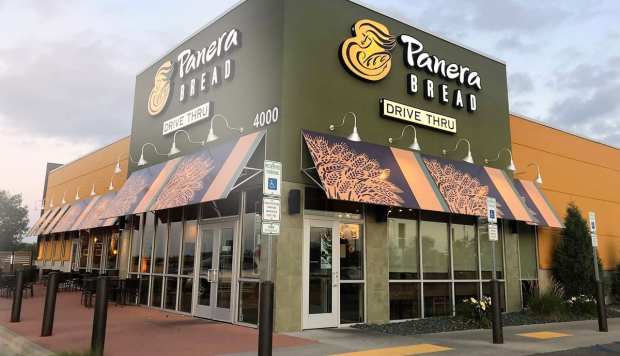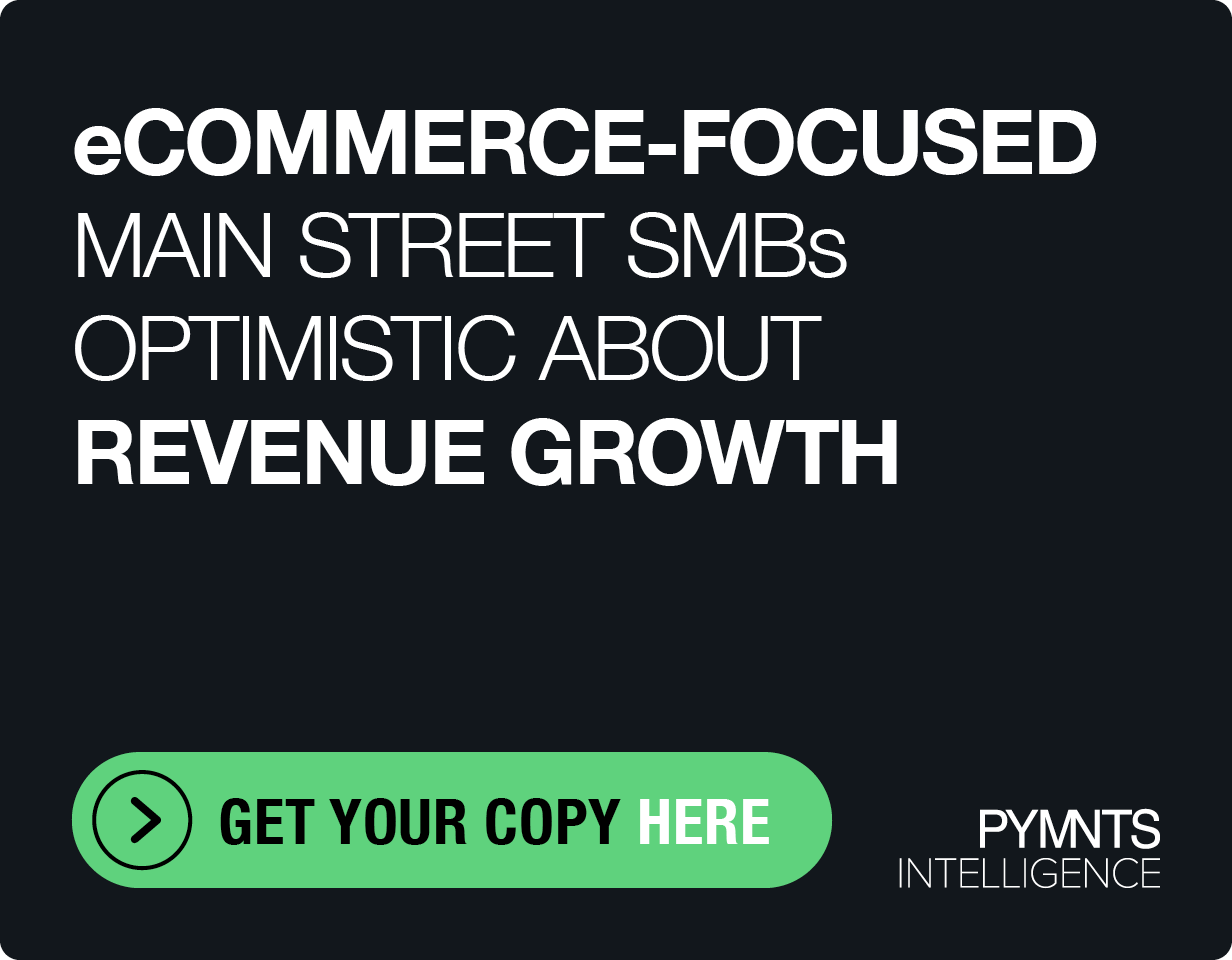Panera Coffee Subscriptions And The Future Of Restaurants

The restaurant world has changed dramatically as proprietors race to stay ahead of lockdowns and COVID-19 fears. But Paytronix CEO Andrew Robbins tells Karen Webster that restaurateurs have gotten very creative in serving up digitally enabled solutions — like Panera’s new coffee subscription, which has already attracted some 500,000 customers. Here’s what to expect next.
Panera’s rollout of its $8.99-a-month coffee-subscription program in late February could go down in history as one of the best ideas to suffer from some of the worst possible timing. As Paytronix CEO Andrew Robbins told Karen Webster in a recent discussion, COVID-19 blew up shortly thereafter and many workers retreated to their homes, which meant they weren’t stopping for coffee and breakfast on the way to the office.
Panera also lost its value proposition as a “hang-out” location where consumers could set up shop all day. And yet, Robbins noted that Panera’s coffee subscriptions haven’t just survived — they’ve thrived.
“The coffee-subscription program is selling like gangbusters,” Robbins told Webster. And he said it’s not only selling well with consumers, but generating increased sales for Panera as well.
Robbins said Panera saw frequency jump by more than 200 percent for customers that subscribed, and subscription members are attaching high-margin goods like bagels, muffins and breakfast sandwiches to their coffee orders as well.
He said some of that is Panera finding profitable ways to step in and meet the needs of the moment. Consumers who’ve spent months housebound are certainly looking for even a brief reprieve from the cabin fever, and a quick coffee run can provide that.
But Robbins said the bigger story is about the shifting trendlines in consumer preferences — and restaurants and retailers really thinking outside of the box to meet their customers’ current needs. Or even better, how merchants can stay a few steps ahead of consumers and know where to be to reach them tomorrow.
New Subscription Approaches
Robbins said the data show that subscriptions are an increasingly potent way to reach consumers — particularly younger ones.
He believes that for the restaurant industry, that will mean an increasing number of players will look to providing subscriptions. But what that’s going to look like will vary.
Robbins said Panera’s coffee subscription might work for a product that people consume daily, but might not work for other businesses given people’s preference for variety in their diets. Instead, Robbins expects restaurants to create a lot of customized offerings to capture some of the loyalty and data benefits that subscriptions services offer.
“I think consumers are going to ask: ‘Can I do a Friday night pizza for a subscription?’” he said. “I think we’re going to see more of those kinds of creative approaches. A subscription is a leading indicator. It’s telling you what people are intending to do for the future rather than looking back at the past to make a guess.”
Stepping Up
Robbins told Webster the necessary creativity is already on display across the entire segment, which has rushed to rapidly pivot with the shifting consumer demands of the day.
He said that’s ranged from big restaurant chains deploying complex integrations to enable contactless payment for take-out orders to mom-and-pop Chinese restaurants labeling an outdoor table “Pick-Up Orders” and leaving food there. It’s also evident in restaurants putting QR codes at every table to allow consumers to manage their entire ordering experience with a smartphone scan.
Robbins said such creative approaches to recreating the dining experience to match up with consumer needs are undergoing ongoing rollouts as the situation continues to evolve. And he said that evolution will be ongoing as consumers shift their entire commerce context.
Evolving Toward The Next Normal
Robbins said the past several months’ challenges have opened up opportunities for restaurants to really delve deep into how they can do things differently end to end. For example, he said many could reconsider their relationships with delivery platforms like DoorDash and Uber Eats — and how to customize their offerings around them.
That could mean offering customers who use such platforms limited menus of items that will be equally good after a 20-minute ride to the consumer’s front door. Restaurants might save their full menu for customers who come directly to the eatery’s website to order.
Robbins said that could also mean using technology to improve the delivery experience itself so customers don’t have to deal with uncertainty while they wait for food to arrive. Instead, they could receive regularly updates on a meal’s progress to their door.
Or restaurants might make upgrades as simple as rethinking their menu designs, switching up the order in which they list entrees to highlight their best items. The options, Robbins noted, are myriad and dictated by specific context.
‘Alexa: I’m Hungry’
He added that that context is becoming more broad given that consumers are interacting with voice assistants more often. Robbins thinks transacting with them will soon be a major channel by which to attract consumers.
“I think the question will be: ‘What’s next in ordering? Can I easily order my dinner with my Apple TV while I’m sitting and watching Netflix? Can you order pizza directly so I don’t have to get off the couch?’” he said. “I personally would love to see that integration.”
Given the way the trendlines are heading, it won’t be long before consumers come to expect that integration to be easily available to them. Robbins said the brands that can provide that will be the ones consumers look to when it’s time to answer that age-old question: “What’s for dinner?”
